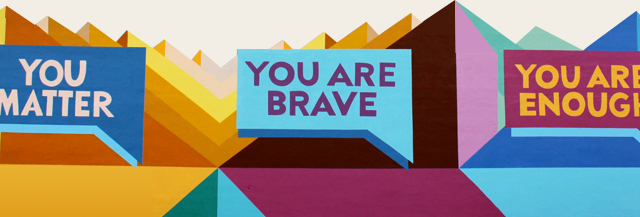Dealing with stress starts with understanding it. Learn about the different kinds of stress so that you can better manage it when it happens to you.


How to build resilience
Building resilience may help prevent common mental conditions like depression and anxiety.
What is resilience?
Resilience is the ability to stay strong and healthy after something negative, difficult, or challenging happens to you or your community. Bouncing back can reduce the negative long-term effects of suffering and protect against future stress. And anyone can be resilient.
How can you strengthen your resilience?
Changes and challenges are normal parts of life. Though we cannot control these ups and downs, we can manage our thoughts, behaviors, and reactions around them. It’s about building a set of skills to use in all kinds of stressful situations. You can build and support resilience at any age by:
- Creating a support system of people you trust.
- Helping others when you can, and letting others help you.
- Noticing how you react to hard situations, and think of new, positive approaches.
- Being self-compassionate. Cut yourself some slack and know you’re doing the best you can.
- Trying to find the positive side of a situation, and have hope that it will get better.
- Practicing some form of self-care every day, not just on the bad ones. Self-care is health care.
Remember: Resilience is a balance
Resilience is not avoiding hard situations or pushing forward at all costs. Everyone experiences negative emotions and responds to stress in their own way. By building and strengthening resilience, you can learn to manage those feelings while using positive emotions to recover.
Managing your mental health
How to build resilience
Managing stress
Practicing self-care
Assessing how you are feeling





